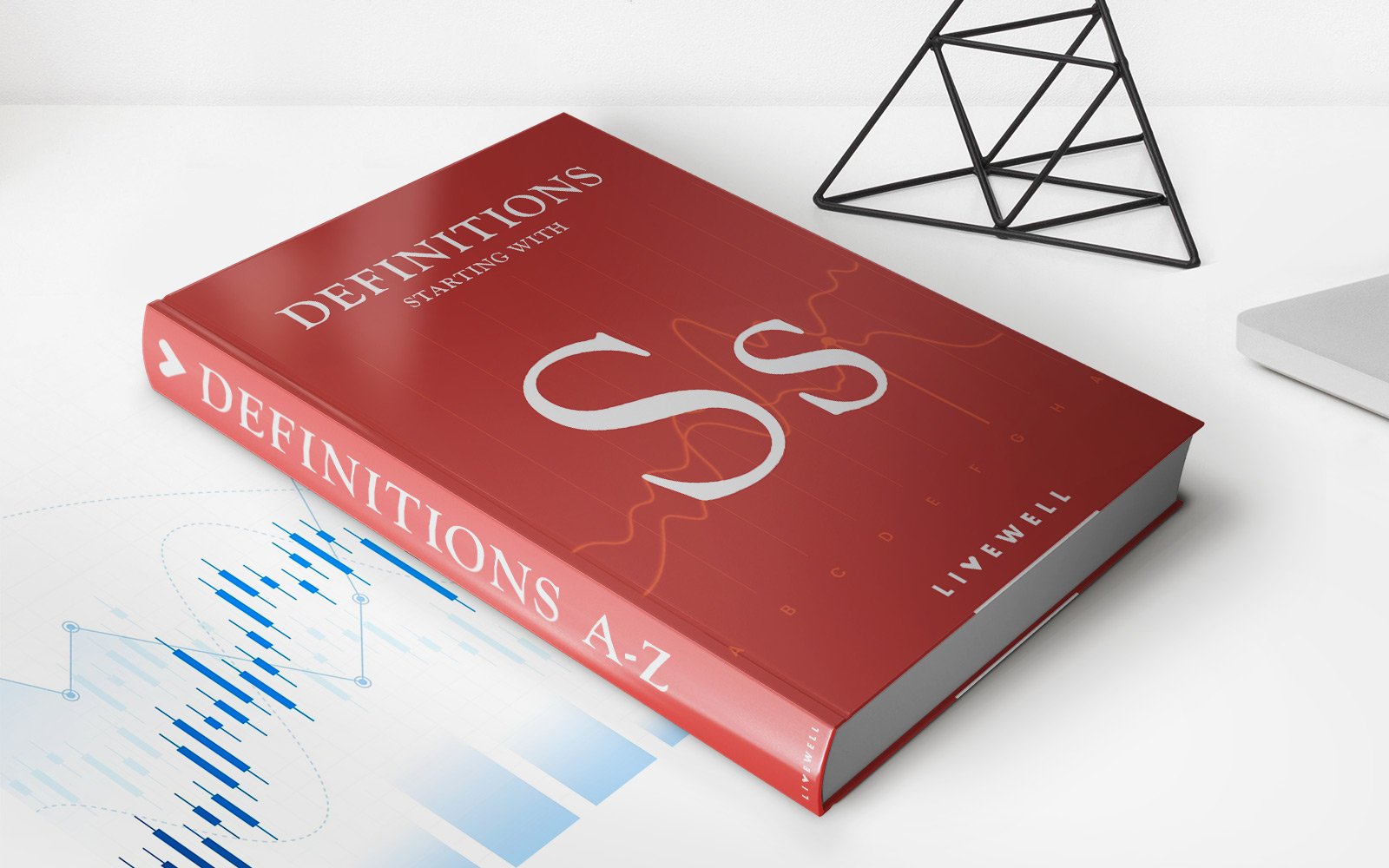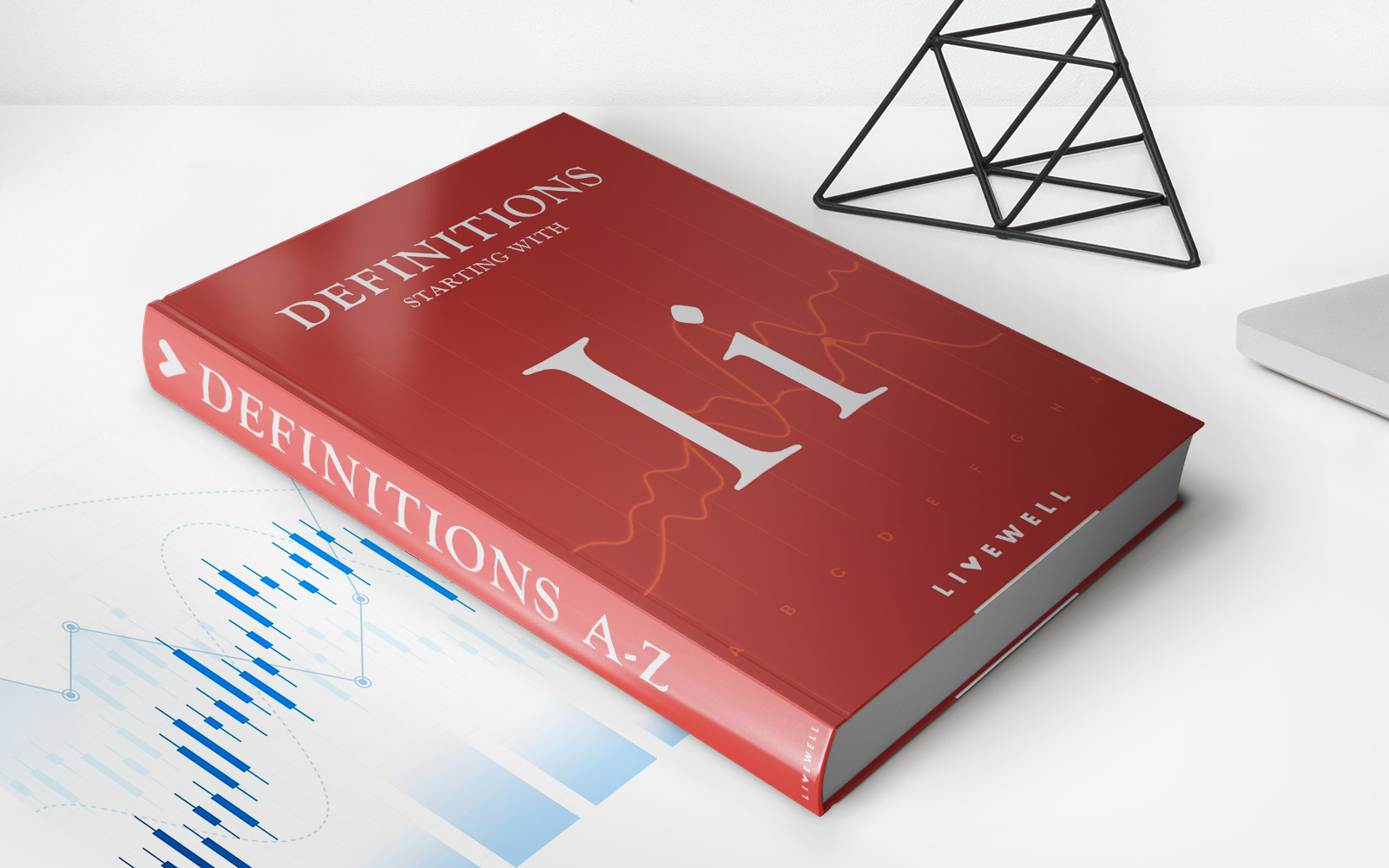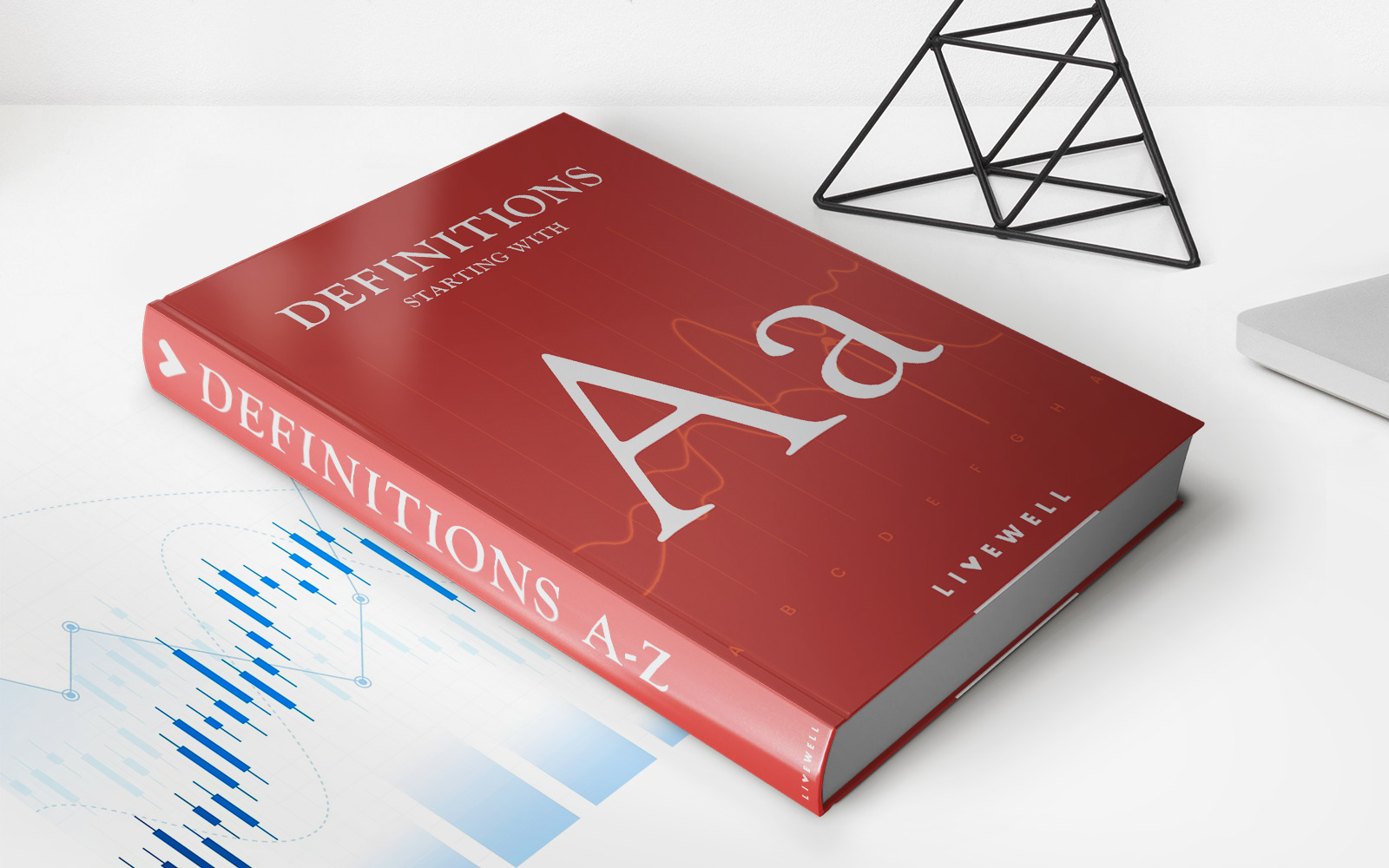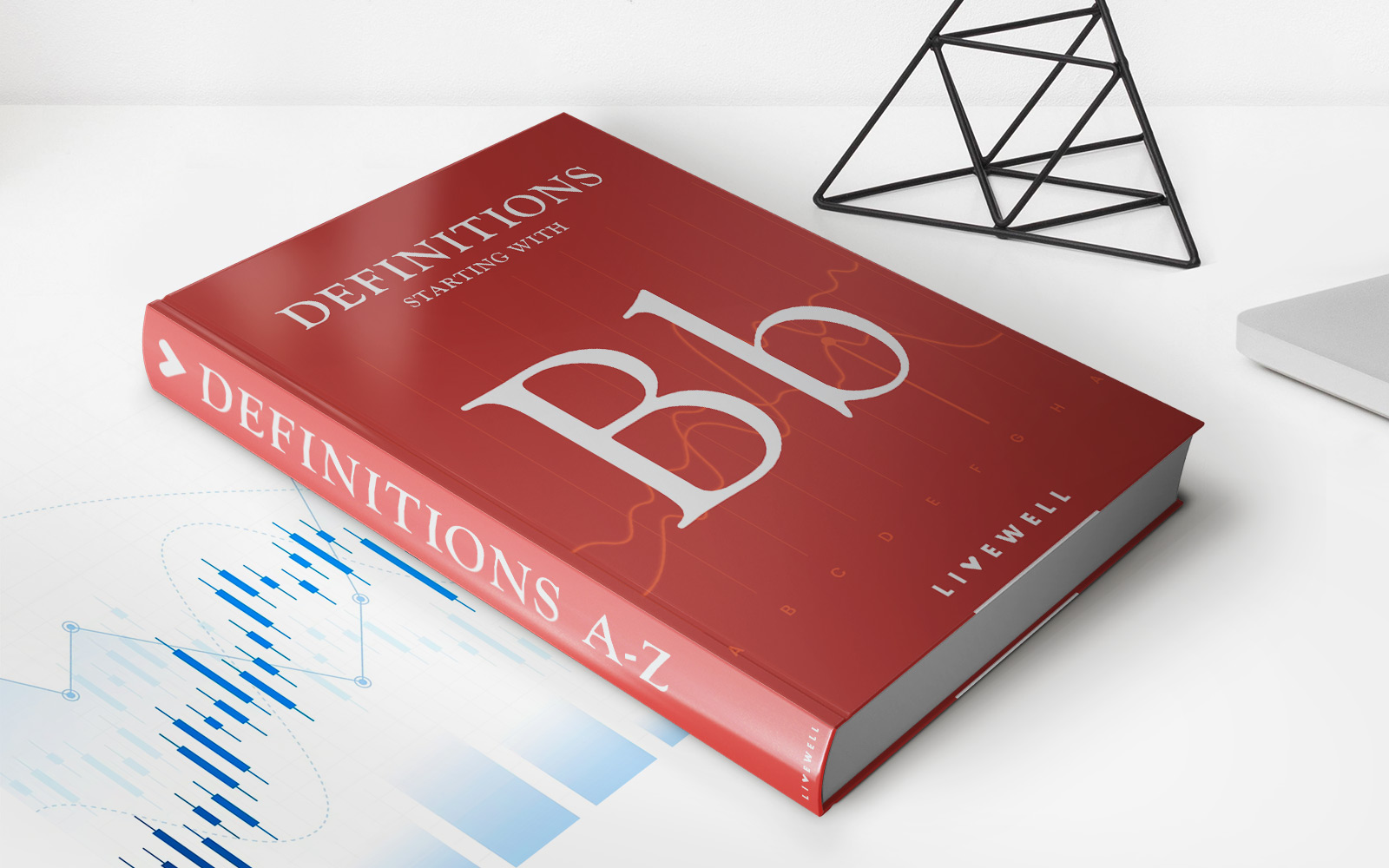

Finance
How To Close Out 401K While Still Employed
Modified: February 21, 2024
Learn how to close out your 401K while still employed and make smart financial decisions with our comprehensive finance guide.
(Many of the links in this article redirect to a specific reviewed product. Your purchase of these products through affiliate links helps to generate commission for LiveWell, at no extra cost. Learn more)
Table of Contents
- Introduction
- Understanding 401K Contributions
- Implications of Closing Out 401K While Employed
- Assessing the Need to Close Out 401K
- Reviewing Employer Policies and Restrictions
- Exploring Alternative Options
- Consulting with a Financial Advisor
- Initiating the 401K Closure Process
- Completing the Required Paperwork
- Understanding Tax Implications
- Reevaluating Retirement Planning
- Conclusion
Introduction
Welcome to the world of 401K retirement plans. As an employee, you may find yourself wondering about the process of closing out your 401K while still employed. Perhaps you have come across unexpected financial emergencies or are seeking alternative investment opportunities. Whatever the reason, it’s important to understand the implications before making any decisions.
A 401K plan is a retirement savings account sponsored by an employer. It allows you to contribute a portion of your pre-tax salary towards investments that can grow over time. One of the key advantages of a 401K is the ability to receive employer match contributions, which can significantly boost your savings.
However, there may be circumstances where you wish to close out your 401K while still actively employed. It’s essential to carefully consider the implications of such a decision, as it may have far-reaching consequences on your retirement savings and taxes.
In this article, we will explore the various aspects of closing out a 401K while still employed. We will delve into the steps involved, legal restrictions, and the potential tax implications you may face. By understanding these factors, you will be equipped with the knowledge necessary to make informed decisions about your retirement savings.
Understanding 401K Contributions
Before diving into the process of closing out your 401K while still employed, it’s important to have a solid understanding of how 401K contributions work. A 401K allows you to save for retirement by deducting a percentage of your salary before taxes.
Typically, employers offer a matching contribution, which means they will match a portion of the amount you contribute to your 401K. For example, if your employer has a matching policy of 50% up to 6% of your salary, that means they will contribute an additional 50 cents for every dollar you contribute, up to a maximum of 6% of your salary.
Contributions to a traditional 401K are made on a pre-tax basis, which means the money is taken out of your paycheck before income taxes are calculated. This can provide you with immediate tax savings, as your taxable income is reduced by the amount you contribute to your 401K.
It’s important to note that there are limits on how much you can contribute to your 401K each year. As of 2021, the maximum contribution limit is $19,500 for individuals under the age of 50. If you are 50 or older, you are eligible to make catch-up contributions, allowing you to contribute an additional $6,500 per year.
Understanding the mechanics of 401K contributions is crucial when considering closing out your 401K while still employed. You need to be aware that by closing out your 401K, you will no longer be able to make contributions and receive employer matches going forward. This may have a significant impact on the growth of your retirement savings.
Additionally, it’s important to evaluate the vesting schedule of your employer’s contributions. Vesting refers to the process by which you earn the right to the employer’s contributions over time. Some employers have immediate vesting, meaning you have full ownership of both your contributions and the employer’s contributions from the start. Others may have a graded vesting schedule, where you gradually become vested in the employer’s contributions over a certain number of years of service.
Now that we have a foundational understanding of 401K contributions, let’s delve into the implications of closing out your 401K while still employed.
Implications of Closing Out 401K While Employed
While closing out your 401K while still employed may seem like a viable option, it’s crucial to understand the potential implications before making such a decision. Here are some important factors to consider:
1. Early Withdrawal Penalties: If you are under the age of 59 ½, closing out your 401K may result in early withdrawal penalties. Typically, withdrawing funds from a 401K before this age will incur a 10% penalty on top of the regular income taxes you owe on the distribution. These penalties can significantly eat into your retirement savings, so it’s important to weigh the short-term financial need against the long-term impact.
2. Loss of Employer Match: By closing out your 401K, you will no longer receive the benefit of any employer matching contributions. This can mean a substantial loss in the growth of your retirement savings. Employer matches are essentially free money that boosts your retirement nest egg, so consider the long-term impact before forfeiting this benefit.
3. Missed Investment Growth: When you contribute to a 401K, your funds are typically invested in a range of investment options, such as mutual funds or stocks. Over time, these investments have the potential to grow and generate returns. By closing out your 401K, you may miss out on the compounding growth that could significantly impact your retirement savings.
4. Potential Tax Consequences: Closing out your 401K may trigger a significant tax event. The distributed amount will be subject to income tax, which means you will owe taxes on the withdrawal based on your current tax bracket. This can result in a hefty tax bill, further reducing the amount you initially intended to receive.
5. Impact on Retirement Income: It’s important to consider how closing out your 401K while still employed may affect your retirement income. Your 401K may be a primary source of retirement funds, and by closing it out prematurely, you are limiting the potential for future income during your retirement years.
Before closing out your 401K, carefully evaluate these implications and consider alternatives that may be more beneficial in the long run. It’s always advisable to seek guidance from a financial advisor who can provide personalized advice based on your unique financial situation and goals.
Assessing the Need to Close Out 401K
Before making the decision to close out your 401K while still employed, it’s prudent to assess the need and evaluate if there are alternative options available. Here are some factors to consider:
1. Financial Emergencies: If you are facing unexpected financial emergencies, such as medical bills or significant debt, it may be tempting to tap into your 401K for immediate relief. However, before doing so, explore other avenues like emergency savings, personal loans, or negotiating payment plans. Closing out your 401K should be a last resort due to the potential long-term implications on your retirement savings.
2. Alternative Investment Opportunities: Another reason you may consider closing out your 401K is to pursue other investment opportunities that you believe will provide higher returns. While it’s important to diversify your investments, carefully evaluate the potential risks and rewards of the alternative investment before abandoning your 401K. Consult with a financial advisor to gain a comprehensive understanding of the impact on your overall financial picture.
3. Job Transition: If you plan to leave your current job and are considering closing out your 401K, it’s essential to explore rollover options. You can roll over your 401K into an individual retirement account (IRA) or your new employer’s retirement plan. Rollovers allow you to maintain the tax advantages of your retirement savings and continue the growth of your investments.
4. Evaluating Investment Performance: Review the performance of your 401K investments to determine if they align with your long-term goals. If you are dissatisfied with the performance, explore options within your employer’s plan to adjust your investment allocations. Closing out your 401K solely due to short-term fluctuations or downturns in the market may not be the best course of action, as investments tend to recover over time.
5. Future Retirement Needs: Evaluate your retirement goals and timeline to determine if closing out your 401K aligns with your long-term objectives. Consider factors such as projected retirement expenses, desired lifestyle, and the potential impact on your overall retirement income. Adjust your savings strategy or contributions if needed, rather than entirely closing out your 401K.
Assessing the need to close out your 401K should involve a comprehensive evaluation of your financial situation, goals, and alternatives available. Seek guidance from a financial advisor who can provide personalized advice based on your specific circumstances. Remember, the decision to close out your 401K should be well-informed and consider the long-term implications on your retirement savings.
Reviewing Employer Policies and Restrictions
Before proceeding with the process of closing out your 401K while still employed, it’s crucial to review your employer’s policies and restrictions regarding 401K withdrawals. Every employer may have different rules and regulations in place, so understanding these guidelines is essential in order to make informed decisions and avoid any unexpected consequences.
1. Plan Withdrawal Restrictions: Start by reviewing your employer’s 401K plan documents or summary plan description. These documents will outline the specific rules and restrictions surrounding 401K withdrawals, including any limitations on when and how you can access your funds. Some plans may only allow for hardship withdrawals under certain circumstances, while others may offer more flexibility.
2. Vesting Schedule: Understand the vesting schedule that applies to your employer’s contributions to your 401K. Vesting determines when you gain ownership of the employer’s contributions. If you are not fully vested, closing out your 401K may result in forfeiting a portion of the employer’s contributions. Be aware of the vesting percentages based on your years of service to accurately assess the impact of closing out your 401K.
3. Loan Provisions: Some employers may allow for loans from your 401K account. If you are facing a financial need, exploring a loan option may be a more viable alternative than closing out your 401K. However, be aware that loans must be repaid within a specified timeframe and may have associated fees and interest.
4. Age-Restricted Withdrawals: Review if your employer’s 401K plan allows for penalty-free withdrawals at a certain age, such as 55 or older. If you are near or above this age, it may be more advantageous to wait until you reach this milestone to access your 401K funds without incurring early withdrawal penalties.
5. Administrative Procedures: Familiarize yourself with any administrative procedures your employer has in place for closing out a 401K account while still employed. Understand the required forms, documentation, and timelines for the process. It’s advisable to contact your company’s HR department or benefits administrator to obtain the necessary information and guidance.
Reviewing your employer’s policies and restrictions is crucial to ensure that you are navigating the process of closing out your 401K in compliance with the rules set forth by your employer. Failing to adhere to these guidelines could result in unintended consequences or penalties. If you have any uncertainties or questions, consult with your HR department or seek the advice of a financial professional who can provide clarity and guidance tailored to your specific situation.
Exploring Alternative Options
While closing out your 401K while still employed may seem like a viable solution, it’s important to consider alternative options that may better address your financial needs or goals. Here are some alternatives worth exploring:
1. Reevaluate Budget and Savings: Before making any drastic decisions, take a close look at your budget and identify areas where you can cut expenses or increase savings. By making adjustments to your spending habits, you may be able to free up additional funds to address your financial needs without tapping into your 401K.
2. Utilize Emergency Savings: If you have an emergency fund in place, consider using these funds to cover unexpected expenses or financial hardships. Your emergency savings are specifically designated for unforeseen circumstances, allowing you to address financial challenges without resorting to closing out your 401K.
3. Take Advantage of Low-Interest Loans: If you are facing a financial emergency or need, explore options for low-interest loans. Personal loans or lines of credit may provide a more cost-effective solution than closing out your 401K and incurring penalties and taxes. Compare terms and interest rates to determine the most suitable option for your situation.
4. Explore Hardship Withdrawals: Some employers allow for hardship withdrawals from a 401K in specific situations, such as medical emergencies, significant home repairs, or education expenses. If you are facing a qualifying hardship, consider exploring this option instead of completely closing out your 401K. Keep in mind that hardship withdrawals are subject to taxes and potential penalties.
5. Adjust Retirement Contributions: If you are considering closing out your 401K due to immediate financial needs, another option is to temporarily reduce your retirement contributions. By decreasing your contributions, you can free up more income to address your current financial situation while still maintaining a savings habit. Once your financial situation improves, gradually increase your retirement contributions.
6. Explore Loan Provisions within the 401K: If your 401K plan allows for loans, evaluate this option before completely closing out your account. Taking a loan from your 401K allows you to access funds while avoiding penalties and taxes. However, be aware of the repayment terms and potential risks associated with borrowing from your retirement savings.
Each individual’s financial situation is unique, so it’s important to carefully assess your circumstances and explore alternative options that align with your specific needs and goals. Consider consulting with a financial advisor who can provide guidance and help you make informed decisions tailored to your situation.
Consulting with a Financial Advisor
When considering the option of closing out your 401K while still employed, it is highly recommended to seek the guidance and expertise of a financial advisor. A financial advisor can provide personalized advice based on your unique financial situation, goals, and retirement needs. Here’s why consulting with a financial advisor is crucial:
1. Expertise and Knowledge: A financial advisor has specialized knowledge and expertise in retirement planning, investments, and tax implications. They can assess your financial situation holistically, taking into account factors such as your income, expenses, existing savings, and future retirement goals.
2. Comprehensive Financial Analysis: A financial advisor can conduct a thorough analysis of your current financial situation, including your 401K balance, other assets, debts, and potential tax implications. They can help you evaluate the pros and cons of closing out your 401K and suggest alternative strategies that align with your long-term financial goals.
3. Retirement Planning Guidance: Planning for retirement goes beyond just the 401K account. A financial advisor can help you develop a comprehensive retirement plan that considers your desired lifestyle, retirement income needs, and potential sources of income. They can provide insights on maximizing Social Security benefits, managing tax-efficient withdrawals, and diversifying your investment portfolio.
4. Investment Advice: If one of the reasons you’re considering closing out your 401K is dissatisfaction with the investment performance, a financial advisor can provide guidance on optimizing your investment strategy. They can suggest alternative investment options within your 401K or help you explore other investment avenues that align with your risk tolerance and financial goals.
5. Tax Planning: Closing out your 401K may trigger tax implications, and a financial advisor can help you navigate this aspect. They can advise on the potential tax consequences of early withdrawal penalties, suggest strategies for minimizing tax liabilities, and offer insights on tax-efficient retirement income withdrawal strategies.
6. Long-Term Financial Security: By consulting with a financial advisor, you will gain peace of mind knowing that you have a professional guiding you in making informed decisions about your retirement savings. They can help you create a comprehensive financial plan that aligns with your goals, ensuring long-term financial security and peace of mind.
Remember, a financial advisor can provide personalized guidance that takes into account your unique circumstances. They can help you understand the implications of closing out your 401K while still employed, explore alternative options, and make decisions that optimize your financial well-being. Take the time to find a reputable and experienced financial advisor who specializes in retirement planning to ensure you receive the best advice for your situation.
Initiating the 401K Closure Process
If you have carefully assessed your financial situation and have decided to proceed with closing out your 401K while still employed, it’s important to understand the steps involved in initiating the closure process. Here’s a general overview of what to expect:
1. Contacting Your 401K Plan Administrator: Begin by reaching out to your 401K plan administrator, typically the HR department or a designated benefits administrator within your company. They will provide you with the necessary information, forms, and guidance on how to proceed with closing out your 401K account.
2. Understanding Plan Rules and Options: Familiarize yourself with the specific rules and options outlined in your employer’s 401K plan. Each plan may have different requirements and restrictions for closing out an account while still employed. Be sure to ask any questions and seek clarification on any points that are unclear to you.
3. Reviewing Distribution Options: Your 401K plan may offer several options for distributing your funds. Some common options include receiving a lump sum distribution, rolling over the funds into an Individual Retirement Account (IRA), or transferring the funds to your new employer’s retirement plan if applicable. Consider the tax implications and potential fees associated with each option before making a decision.
4. Completing the Necessary Forms: Your plan administrator will provide you with the required paperwork to initiate the closure process. This may include a distribution request form, tax withholding election form, and any additional documentation specific to your plan. Fill out the forms accurately and thoroughly to avoid any delays or issues.
5. Designating Tax Withholding: When closing out your 401K, you may have the option to designate the amount of federal and state income tax to be withheld from your distribution. Consult with a tax advisor to determine the appropriate withholding amount that aligns with your tax situation and avoid any surprises when it comes time to file your tax return.
6. Submitting Completed Forms: Once you have completed the necessary forms, submit them to your plan administrator as instructed. Be sure to keep copies of all documents for your records. Follow up with the administrator to ensure that your request has been received and is being processed.
7. Closing Out the Account: Once your completed forms have been processed, your 401K plan administrator will close out your account as per your instructions. Depending on the plan rules and the distribution option you chose, the funds may be sent to you directly, transferred to another retirement account, or otherwise distributed as specified in your request.
8. Reviewing Tax Forms: When tax season arrives, you will receive a Form 1099-R from your plan administrator, which reports the distribution from your 401K. Be sure to review this form carefully and consult with a tax advisor if you have any questions or concerns about reporting the distribution on your tax return.
Remember, the process of closing out your 401K may vary depending on your employer’s plan rules and procedures. It’s important to carefully follow the guidelines provided by your plan administrator and seek assistance if needed to ensure a smooth and compliant closure process.
Completing the Required Paperwork
When closing out your 401K while still employed, completing the required paperwork accurately and efficiently is essential. Here are the key steps involved in completing the necessary paperwork:
1. Obtain the Required Forms: Contact your 401K plan administrator, typically the HR department or a designated benefits administrator, to acquire the necessary paperwork for closing out your 401K. This may include a distribution request form, tax withholding election form, and any additional documentation specific to your plan.
2. Read and Understand the Forms: Thoroughly read and understand each form before filling them out. Pay close attention to any instructions, guidelines, and related information provided. Make sure to clarify any questions or uncertainties you may have with your plan administrator to ensure accurate completion.
3. Accurately Provide Personal Information: Fill out the personal information section of the forms with accuracy and attention to detail. This includes your full name, address, Social Security number, and any other requested identifying information. Double-check this information to ensure it is entered correctly.
4. Indicate Distribution Option: Identify your preferred distribution option as specified in the forms. Common options include a lump sum distribution, rollover into an Individual Retirement Account (IRA), or transfer to a new employer’s retirement plan. Carefully consider the tax implications and potential fees associated with each option before making a decision.
5. Designate Tax Withholding: Determine the appropriate amount of federal and state income tax you would like to be withheld from your distribution. Consult with a tax advisor to ensure accurate tax withholding based on your personal tax situation. Complete the tax withholding election form accordingly.
6. Review and Sign the Forms: Review the completed forms for accuracy and completeness. Verify that all required fields have been filled out correctly, and all necessary supporting documentation is attached. Sign and date the forms as required, ensuring your signature matches the name provided.
7. Submit the Forms: Submit the completed forms to your plan administrator as instructed. Make copies of all forms and supporting documentation for your records. Consider using certified mail or another method that provides proof of delivery to ensure the secure submission of your paperwork.
8. Follow Up on the Submission: After submitting the forms, follow up with your plan administrator to ensure the receipt of your paperwork and inquire about the expected processing time. Keep a record of any communication or correspondence related to the closure process.
9. Maintain Copies for Future Reference: Retain copies of all completed forms, supporting documentation, and communication related to the closure process. These documents will serve as important records of your 401K closure, should any questions or issues arise in the future.
Completing the required paperwork accurately and promptly is a crucial step in the process of closing out your 401K while still employed. Take the time to carefully review, understand, and complete the forms to ensure a seamless closure process and to avoid any potential setbacks or delays.
Understanding Tax Implications
When closing out your 401K while still employed, it’s crucial to understand the tax implications associated with the distribution of your funds. Here are key considerations to keep in mind:
1. Income Tax: Any pre-tax contributions made to your 401K will be subject to income tax when you withdraw them. The distribution from your 401K will be added to your taxable income for the year in which the distribution occurs. This means that you will owe income tax on the distributed amount based on your current tax bracket.
2. Early Withdrawal Penalty: If you are younger than 59 ½ at the time of distribution, you may be subject to an early withdrawal penalty of 10% in addition to the income tax. This penalty is imposed by the IRS as a way to discourage early withdrawals from retirement accounts. However, there are certain exceptions to this penalty, such as qualified medical expenses or disability.
3. Withholding Taxes: When completing the required paperwork for closing out your 401K, you will have the option to designate the amount of federal and state income tax to be withheld from your distribution. It’s important to carefully consider your tax situation and consult with a tax advisor if necessary to ensure you are withholding the appropriate amount to meet your tax obligations.
4. Rollover and Direct Transfers: If you choose to rollover your 401K funds into an Individual Retirement Account (IRA) or transfer them to a new employer’s retirement plan, you can potentially defer paying taxes on the distribution. As long as the funds are transferred directly without you taking possession of them, the distribution is not subject to immediate income tax. However, you will need to adhere to specific rollover rules and timelines to avoid any tax consequences.
5. State Tax Considerations: In addition to federal taxes, you might also be subject to state income tax on your 401K distribution, depending on the state you reside in. Research and understand your state’s tax laws to determine any additional tax obligations you may incur.
6. Consult with a Tax Advisor: Considering the potential complexities and consequences of the tax implications when closing out your 401K, it’s highly recommended to consult with a tax advisor or CPA. They can assess your specific circumstances, guide you through the tax implications, and help you develop strategies to minimize your tax burden.
Understanding the tax implications of closing out your 401K is crucial for making informed decisions about your retirement savings. Carefully consider the immediate and long-term tax consequences, evaluate potential penalties, and consult with a tax professional to ensure you have a comprehensive understanding of your tax obligations when navigating the closure process.
Reevaluating Retirement Planning
When you make the decision to close out your 401K while still employed, it’s essential to reevaluate your retirement planning strategy. Closing out your 401K can significantly impact your long-term retirement savings, and it’s important to adjust your plans accordingly. Here are key factors to consider:
1. Assessing the Impact: Take a comprehensive look at your overall retirement savings and assess the impact of closing out your 401K. Consider how much you have accumulated in other retirement accounts, such as IRAs or pensions. Evaluate the potential growth and income you would be forfeiting by closing out your 401K, and determine if adjustments are necessary to meet your retirement goals.
2. Reviewing Retirement Goals: Revisit your retirement goals and reassess if they are still realistic based on the changes to your retirement savings. Consider your desired retirement age, lifestyle expectations, and anticipated expenses. Be open to adjusting your goals and expectations as needed to accommodate the impact of closing out your 401K.
3. Exploring Additional Retirement Accounts: If you don’t have other retirement accounts in place, consider opening an Individual Retirement Account (IRA) or exploring other retirement savings options available to you. These accounts can provide tax advantages and allow you to continue saving for retirement. Consult with a financial advisor to determine the most suitable retirement accounts based on your specific needs and objectives.
4. Diversifying Investments: Even though you are closing out your 401K, it’s still crucial to maintain a diversified investment portfolio. Consider asset allocation strategies that align with your risk tolerance and long-term goals. Explore a mix of stocks, bonds, mutual funds, and other investment vehicles to ensure a balanced and diversified portfolio that can generate growth and income over time.
5. Adjusting Retirement Savings Contributions: With the change in your retirement savings strategy, consider adjusting your contributions to other retirement accounts to compensate for closing out your 401K. Evaluate your financial situation and the impact on your budget to determine how much you can contribute regularly to maximize your retirement savings potential.
6. Regular Monitoring and Adjustments: Stay proactive in monitoring your retirement savings and make adjustments as needed. Regularly review your investments, contributions, and retirement goals. Seek the advice of a financial advisor who can provide guidance and help you stay on track with your retirement planning.
7. Maximizing Other Retirement Benefits: Explore other retirement benefits offered by your employer, such as a pension plan or employer-sponsored IRAs. Maximize these benefits to supplement your retirement savings and ensure a secure financial future.
8. Periodic Review with a Financial Advisor: Regularly consult with a financial advisor to reassess your retirement plan and make any necessary adjustments. A financial advisor can provide personalized guidance based on your financial goals, risk tolerance, and unique circumstances.
Closing out your 401K while still employed requires a careful reassessment of your retirement planning. By taking proactive steps to reevaluate your goals, explore alternative retirement accounts, diversify investments, and consult with a financial advisor, you can navigate the changes and continue working towards a secure and comfortable retirement.
Conclusion
Closing out your 401K while still employed is a significant decision with potential long-term implications for your retirement savings. Before proceeding with this course of action, it is crucial to carefully assess your financial situation, evaluate alternative options, and understand the tax and financial consequences involved.
Consider the reasons behind your decision and weigh them against the potential impacts on your retirement savings. Explore alternatives such as adjusting your budget, utilizing emergency savings, or exploring loan options to address immediate financial needs without completely closing out your 401K.
Consulting with a financial advisor is highly recommended throughout this process. They can provide expert guidance, help you understand the tax implications, and devise a comprehensive retirement plan that aligns with your goals and financial situation.
Should you decide to proceed with closing out your 401K, familiarize yourself with your employer’s policies and restrictions, complete the necessary paperwork accurately, and understand the potential tax consequences. Maintain copies of all relevant documents for future reference and follow up with your plan administrator to ensure a smooth process.
Remember that closing out your 401K while still employed is just one piece in your overall retirement planning puzzle. Reevaluate your retirement goals, explore additional retirement account options, and diversify your investment portfolio to ensure continued growth and financial security for your retirement years.
In conclusion, closing out your 401K while still employed is a significant decision that requires careful consideration. By being proactive, informed, and seeking professional guidance, you can make the best choices for your financial well-being and work towards a comfortable and secure retirement future.














